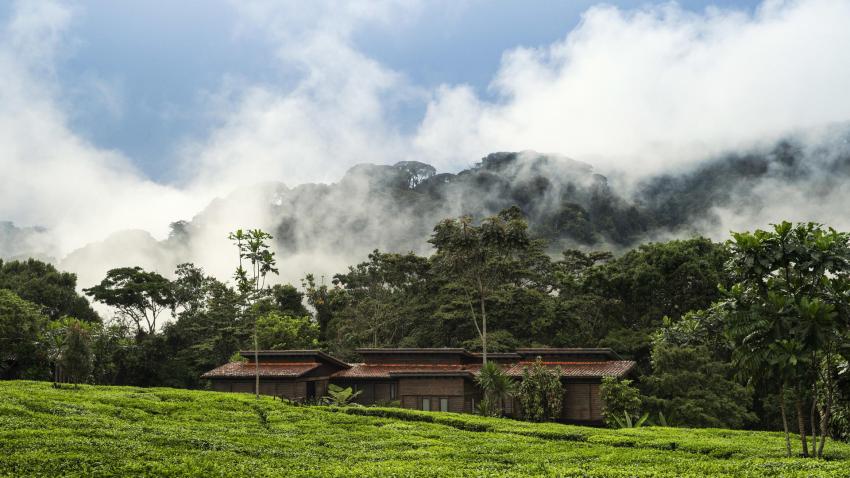Dive into the heart of Rwanda's emerald crown – Nyungwe Forest National Park. This ancient montane rainforest, a UNESCO World Heritage Site, is a haven for biodiversity, boasting over 1,000 plant species, 75 mammal species, and a dazzling array of over 300 bird species.
A Tapestry of Life
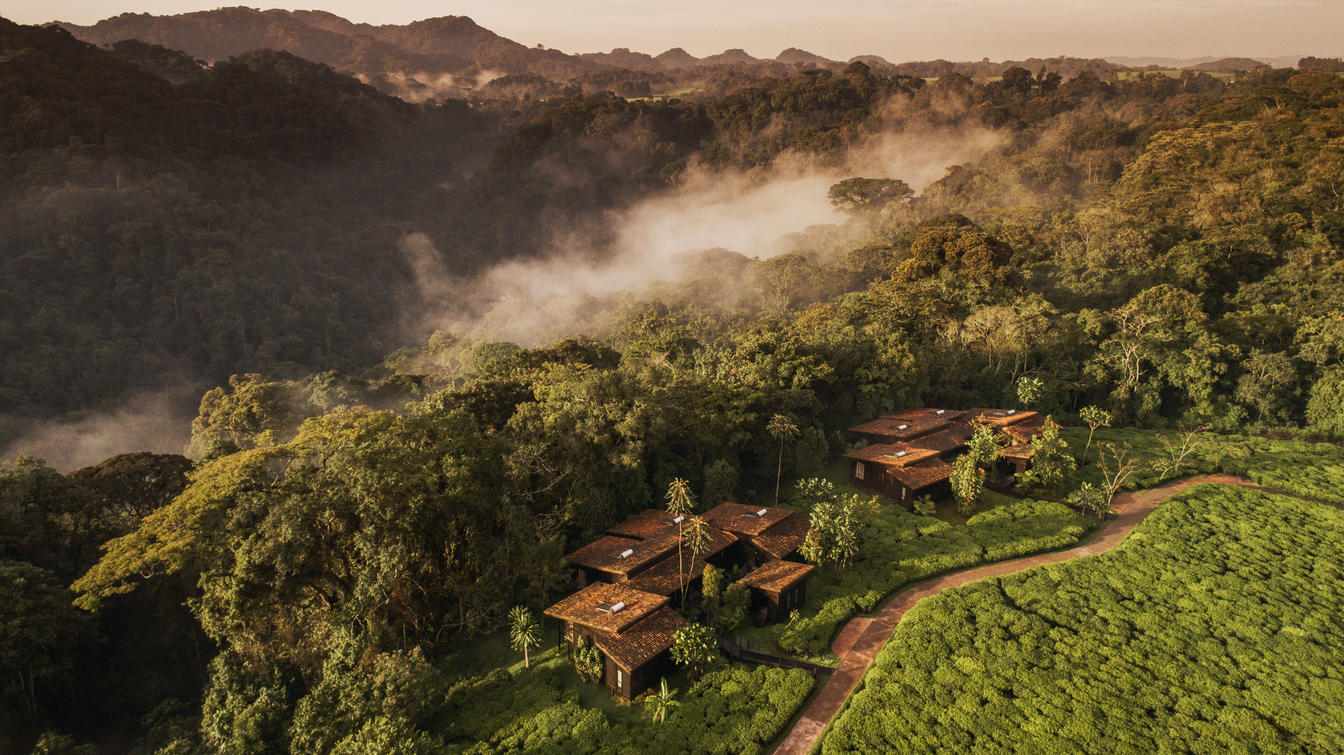 Nyungwe's unique location at the confluence of several biogeographical zones creates a diverse tapestry of habitats, from lush rainforests to vibrant swamps. This ecological richness supports a remarkable range of endemic species, making it a crucial conservation area.
Nyungwe's unique location at the confluence of several biogeographical zones creates a diverse tapestry of habitats, from lush rainforests to vibrant swamps. This ecological richness supports a remarkable range of endemic species, making it a crucial conservation area.
Primate Paradise
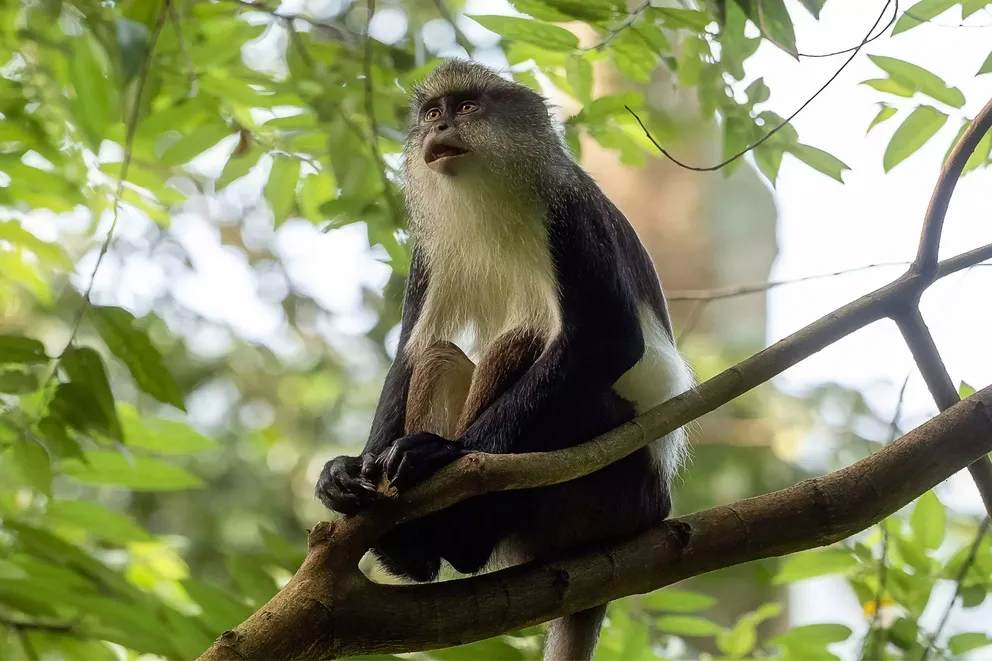
- Chimpanzee Trekking: Embark on a thrilling adventure to encounter these intelligent apes in their natural habitat. Observe their social interactions and playful antics as they swing through the canopy.
- Colobus Monkey Trekking: Spot the elusive Ruwenzori black-and-white colobus monkeys, renowned for their distinctive long, flowing coats.
- Diverse Primate Encounters: Keep an eye out for other primate species like grey-cheeked mangabeys, olive baboons, and vervet monkeys.
A Birdwatcher's Haven
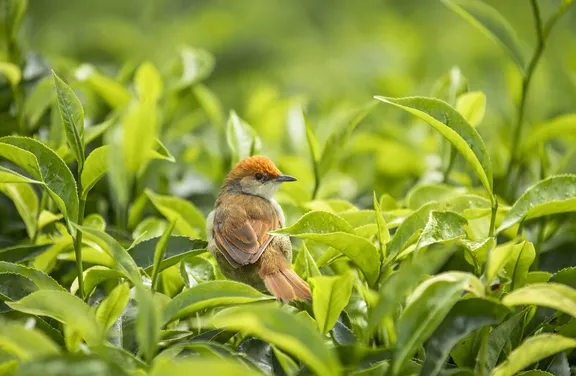
Nyungwe is a paradise for bird enthusiasts.
- Vibrant Birdlife: Discover a kaleidoscope of avian wonders, including the magnificent great blue turaco, the elegant paradise flycatcher, and the impressive forest hornbill.
- Endemic Species: Keep an eye out for endemic species like the red-throated althete and the Kivu ground finch.
Unforgettable Experiences
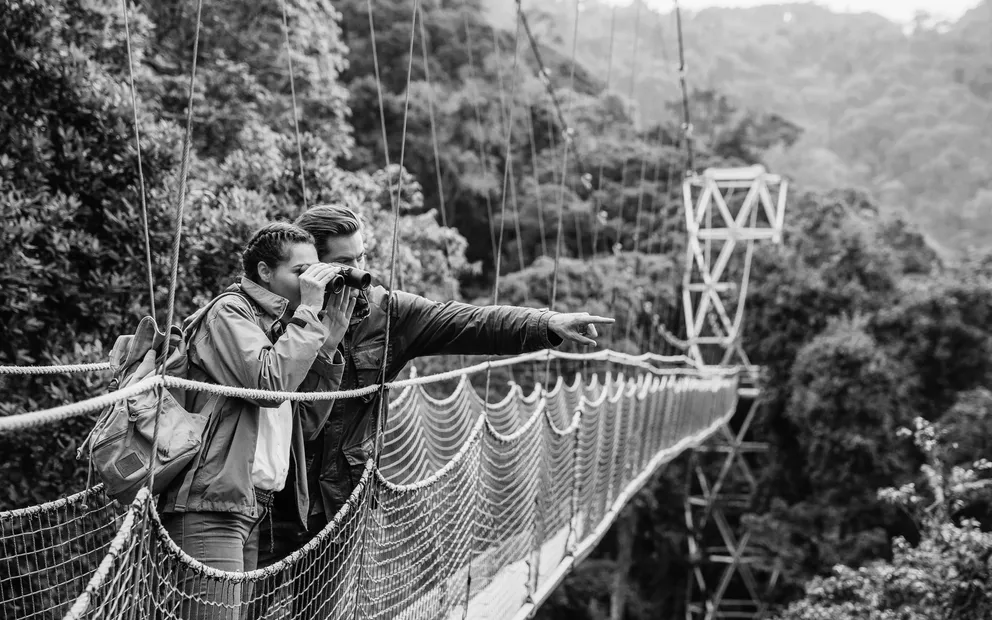
- Canopy Walk: Take a thrilling 160-meter walk suspended 70 meters above the forest floor. Enjoy breathtaking panoramic views and gain a unique perspective on the forest canopy.
- Forest Hiking: Explore the park's diverse trails, ranging from gentle nature walks to challenging hikes through the rainforest.
Planning Your Nyungwe Adventure
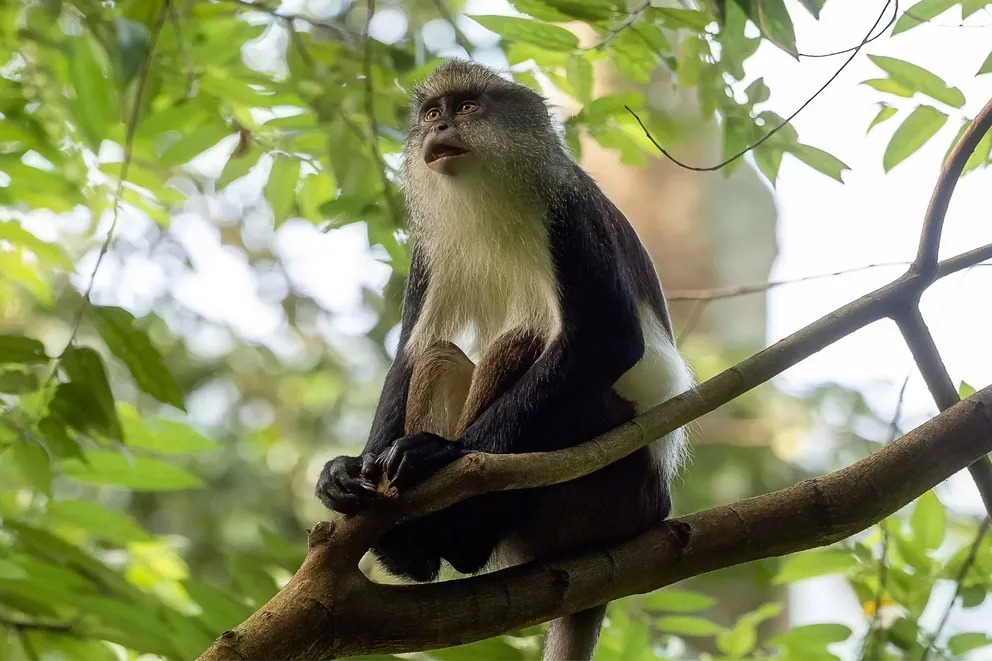
- Best Time to Visit: The dry seasons (December-February and June-September) offer optimal trekking conditions. However, the rainy seasons (March-May and October-November) are ideal for birdwatching.
- Getting There:
- By Road: Drive from Kigali (approximately 5 hours) or fly to Kamembe Airport (approximately 1.5 hours).
- By Air: Kigali International Airport receives international flights from various destinations.
- Entry Requirements: Most nationalities require a visa. Check visa requirements based on your nationality.
- Health: Consult your doctor about necessary vaccinations (like yellow fever) and malaria prevention
Disclaimer: This information is for general guidance only. Always check the latest travel advisories and entry requirements before your trip.
Experience Nyungwe Forest National Park
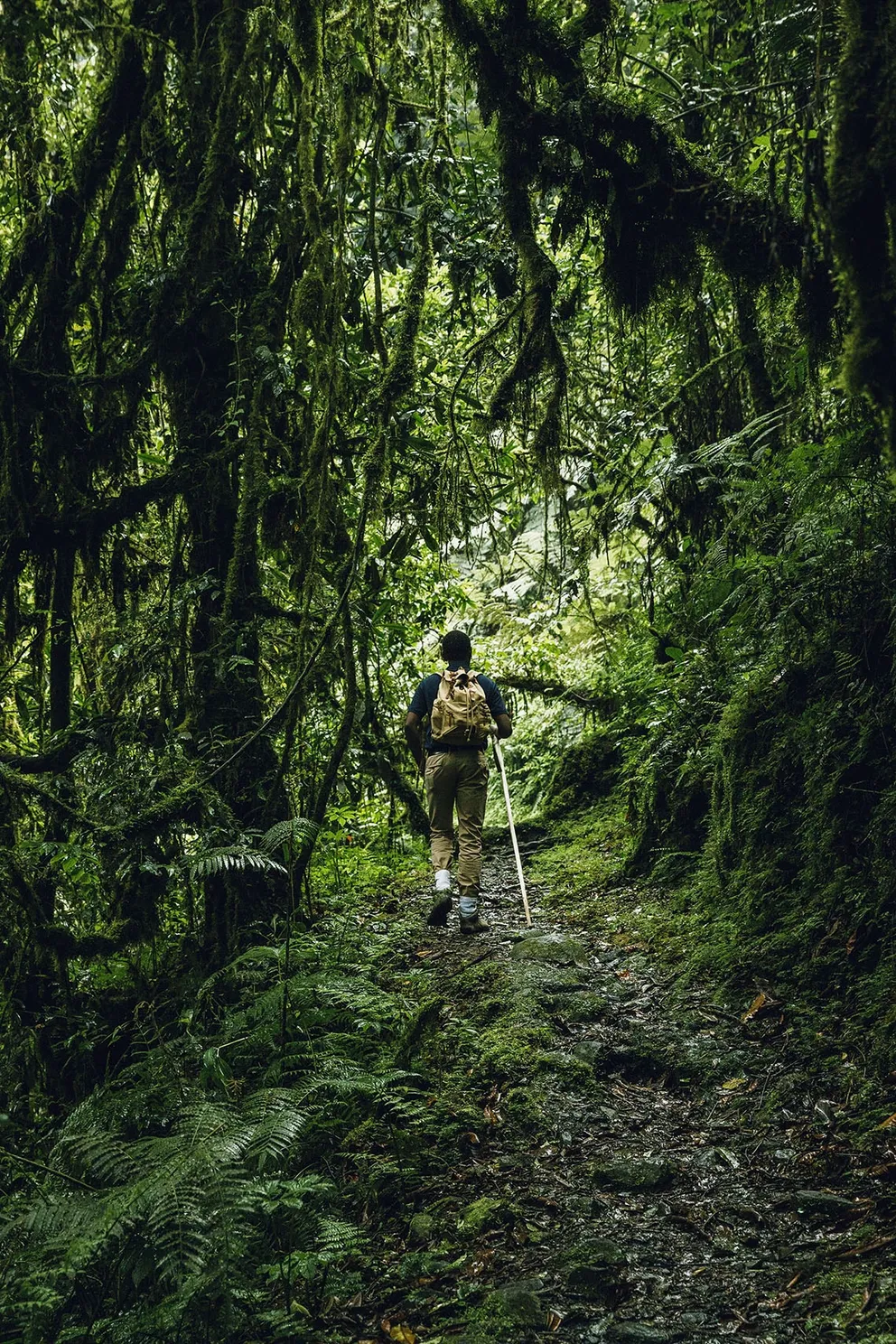
Ready to embark on an unforgettable journey through this remarkable rainforest? Contact our East Africa travel specialists today to plan your custom itinerary. We can tailor your trip to include gorilla trekking, safari experiences in Akagera National Park, and more.

 1-321-766-6821
1-321-766-6821 
